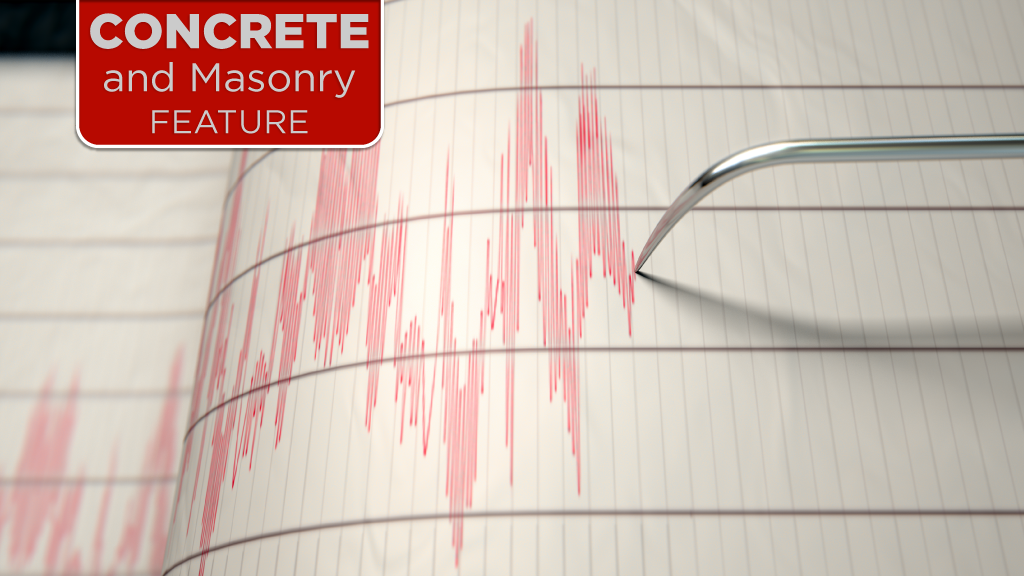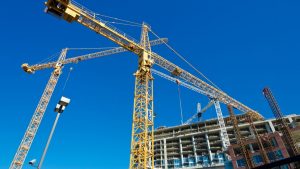Bishnu Pandey, a civil engineering instructor in the school of construction and environment at British Columbia Institute of Technology (BCIT), and his student-assistants are building a computer model they hope will explain a puzzling anomaly.
When a major earthquake hit Nepal in April 2015, some buildings collapsed suddenly in a dusty heap, often with their human occupants inside, while the structures on either side didn’t sustain even a scratch.
How come?
The damage to persons and property was serious and extensive in the small but populous (almost 30 million people) country squeezed between India and China in the Himalayas.
At least 9,000 people were killed, more than 22,000 were injured and thousands more were left homeless.
More than 2,500 public buildings and over 500,000 private dwellings were destroyed. And over 7,000 school buildings and more than 1,000 healthcare facilities were damaged.
Soon after the dust had settled, Pandey, who is a native of Nepal, led a reconnaissance team of engineers and geoscientists to analyze the damage to the stricken country.
According to their subsequent report, the buildings that suffered the worst damage were low-rise unreinforced adobe and stone masonry buildings in remote rural areas, where they are the most common type of structure.
Six years later and back at BCIT, Pandey and his team of assistants have been analyzing about 100 reinforced concrete buildings that were affected somehow by the Nepal earthquake.
They are trying to determine how and why some structures were impacted differently when subjected to the same sudden and violent seismic forces.
In the technical language of civil engineering, Pandey is researching the performance indicators of non-ductile reinforced concrete buildings undergoing seismic loading.
Non-ductile concrete buildings are structures that contain brittle concrete elements, such as columns, beams, walls and connections, that perform poorly during earthquakes because they don’t contain enough reinforcing steel. As a result, these types of buildings may collapse all or in part during a large tremor.
When an earthquake convulses the Earth, it induces three kinds of stresses on a building: tensional stress, which stretches building materials; compressional stress, which squeezes; and shear stress, which tears.
Pandey says the best way to reinforce concrete against seismic stresses is with steel.
“Steel and concrete go well together,” he said. “If a structure is designed properly, together they can resist the seismic forces that are induced during an earthquake.”
Because the chemical bonding between concrete and steel is strong, steel and concrete expand and contract together as the ambient temperature goes up and down.
“For example, if concrete cracks, then steel will pick up the load,” said Pandey.
A reinforced concrete structure can withstand the complex forces that are induced during a seismic event if it is designed properly and if the right materials are used and used in the right way, he says.
Depending on the specifics of how they are designed and built, frame construction buildings will react in different ways during an earthquake.
“A reinforced frame construction building will have weaknesses in the columns and between the column-beam joints, which makes them vulnerable, unless they are designed and built to be stronger and more ductile,” Pandey said. “But the same kind of structure with shear walls, up to 20 or 30 storeys high, can handle an earthquake better, because the seismic forces are distributed more evenly.”
Other strong performers are confined masonry buildings, which are four to five storey reinforced frame construction buildings with masonry walls that are confined by reinforced concrete beams and posts.
Pandey’s computer modeling of building performance in the 2015 earthquake suggests the critical factor that makes a building more or less vulnerable to seismic tremors is the quality of the design and installation of an infill wall.
“After a smaller earthquake in the late 1980s, Nepal built many structures with infill walls – infill between frame columns – made of brick masonry with cement mortar,” said Pandey. “Infill walls are not invincible, but they can withstand a lot of seismic force as long as they are correctly designed to be an integrated part of the structure.”








Recent Comments
comments for this post are closed